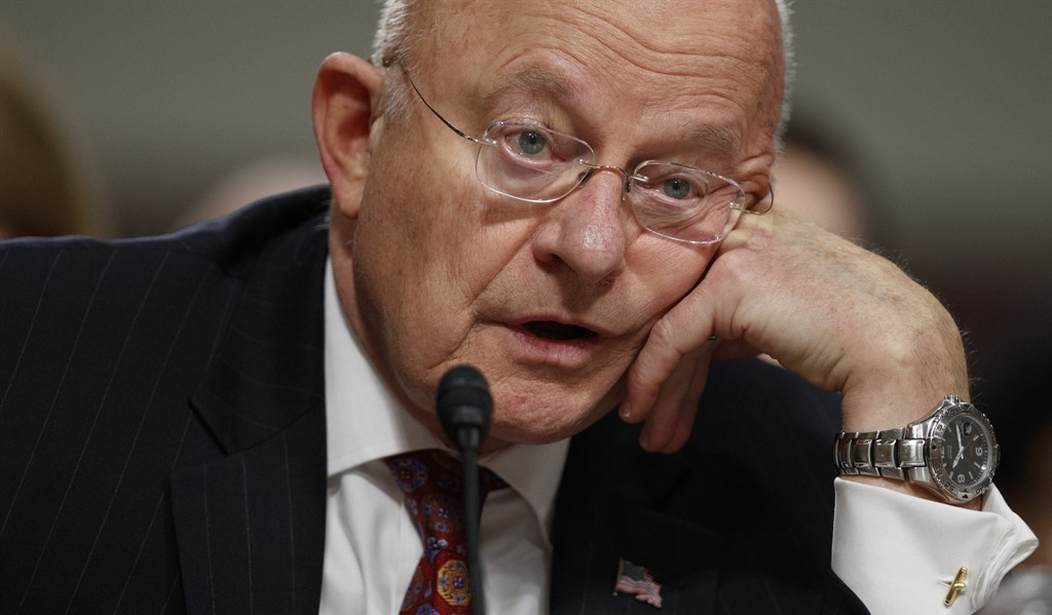Point of order: Didn’t we learn that in 2013 when James Clapper perjured himself before Congress? And didn’t we learn that the American media enthusiastically facilitated that disinformation potential by hiring Clapper and former FBI executive Andrew McCabe after getting fired for lying to investigators? Among dozens of others?
We did indeed, but the editors of the Wall Street Journal want to underscore that point in the release of Twitter’s files on the Hunter Biden laptop story. They also note the media’s complicity in promoting this “disinformation,” even in the face of independent corroboration:
Recall that former Democratic intelligence officials James Clapper and John Brennan led the spooks in issuing a public statement suggesting that the laptop may have been hacked and its content was Russian disinformation. On Oct. 16, 2020, Mr. Clapper told CNN that “to me, this is just classic textbook Soviet Russian tradecraft at work.” On Oct. 19, 51 former spooks released their statement claiming that the arrival of the emails “has all the classic earmarks of a Russian information operation.” (The statement and signers are published nearby.)
We now know that the Clapper-Brennan claims were themselves disinformation and that the laptop was genuine and not part of a Russian operation. CBS News recently waddled in two years later with a forensic analysis of its own and concluded it is real.
But the claims by the spies gave an excuse for the media to ignore the Hunter Biden story and even to dismiss Hunter’s former business partner, Tony Bobulinski, who went on the record before the election to confirm much of the content on the laptop with documentation in the form of voluminous text messages.
We examined those messages ourselves at the time, and our Kimberley Strassel spoke with Mr. Bobulinski and put it all on the record before the election. We also wrote an editorial. But nearly all of the rest of the press ignored or trashed the story.
One could almost forgive such a snap judgment in the moment, except for the fact — as the WSJ’s editors point out — that independent corroboration was available at the same time. Bobulinski spoke out repeatedly to verify the e-mails about Hunter’s business transactions were genuine. and the photos and videos spoke for themselves. Yet it took eighteen months for the New York Times to grudgingly report that the laptop and its materials were not “Russian disinformation,” and weeks after that for other media outlets to follow suit.
Here’s a thought: perhaps news orgs should rethink the idea of hiring ex-intel leaders as “analysts.” Especially those who have already demonstrated a predilection for lying, either in public or during investigations. If media outlets are interested in actual news and analysis rather than sef-serving spin, that is.
Clearly, they have something else in mind.
The real disinformation threat didn’t turn out to be the laptop or the Russians. Strictly speaking, it’s not even the political hacks who left the intel community to peddle their manipulative crankery on television. It’s the media outlets themselves who hired perjurers as analysts and then pushed their perjury as truth through one national election and almost through another.








Join the conversation as a VIP Member